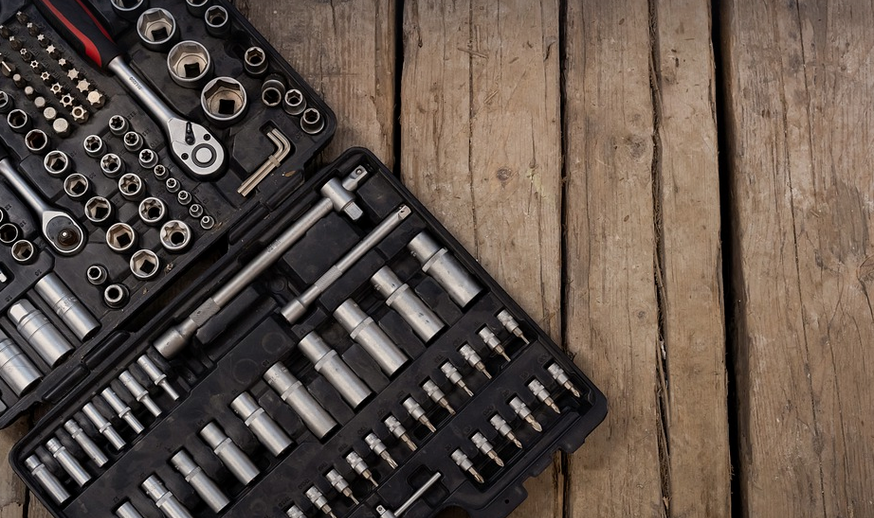A Paw-sitive Approach to Canine Dental Hygiene
Dog teeth, like those of humans, need regular brushing to maintain optimal dental health and a happy smile. While the process may seem daunting at first, it’s a crucial part of keeping your furry friend healthy and comfortable! This article will shed light on different tools used for dog tooth care and provide you with tips on incorporating this routine into your daily life.
It can be challenging to convince our canine companions to engage in dental hygiene. They’re not exactly known for their enthusiastic attitude towards oral scrubbing, but understanding the importance of proper dental care is key to making it easier and more enjoyable for both of you.
Just like humans, dogs are susceptible to plaque buildup on their teeth, which can lead to tartar formation. This accumulation of bacteria in the mouth can trigger gingivitis (gum inflammation), periodontal disease (bone and gum infection), and even systemic health complications. Regular brushing and dental checks are vital for preventing these issues.
Now that we understand why proper dog tooth care is essential, let’s dive into the options available to us.
Types of Dog Toothbrushes:
The first step in choosing a toothbrush for your dog is understanding which type will work best for their size and dental needs. There are numerous types of dog toothbrushes, each with its unique advantages:
**Finger brushes:** These gentle nylon or silicone finger-sized brushes fit snugly on fingers, providing a simple and effective method for reaching those hard-to-reach areas within your pup’s mouth. They’re perfect for puppies who are just learning about brushing or for dogs with sensitive gums.
**Small-sized toothbrushes:** Designed specifically for smaller dog breeds, these toothbrushes have a handle that fits comfortably in your hands and a soft-bristled brush head to gently clean the teeth of larger canines. These are excellent for dogs who are used to brushing their teeth.
**Specialized brushes:** For those seeking more advanced cleaning techniques, specialized dog toothbrushes offer a range of options like finger-style brushes with multiple bristles or small-sized brush heads designed for use on delicate areas like the gums.
Remember, choosing the right brush depends on your dog’s size and comfort levels. Some dogs might find larger brushes intimidating. Experimentation is key!
Choosing a Dog Toothpaste:
Just like humans, the choice of toothpaste plays a significant role in maintaining oral hygiene for our furry friends. There are various brands available on the market, offering unique formulas and ingredients to cater to specific needs.
**Chlorhexidine-based toothpastes:** This type is widely recommended as it’s known for its antimicrobial properties. It helps kill bacteria and prevents plaque and tartar formation. Remember, use this toothpaste only if your dog does not have any underlying health conditions or allergies.
**Flavorings:** Dogtooth pastes with flavorings like meaty flavors or chicken-based formulas make the experience more enjoyable for pups, increasing their willingness to brush. Ensure you choose a toothpaste that’s specifically designed for dogs and free of harmful chemicals like alcohol or xylitol.
**Fluoride-enriched toothpastes:** These toothpastes are generally recommended as they help strengthen enamel and prevent cavities. However, it’s important to choose a fluoride toothpaste that’s specifically formulated for dogs.
The Process of Brushing:
Once you have the right tools, it’s time to master the art of dog dental care. Brushing your dog’s teeth needs to be positive and enjoyable for both of you!
**Start slow:** Introduce brushing gradually. Begin with just a few minutes per day and slowly increase the duration as your dog gets accustomed. Avoid making it a stressful experience, starting with short sessions, like 1-2 minutes.
**Timing is key:** Ideally, brush your dog’s teeth after meals or at least once a day. This helps remove any food debris and plaque buildup before it can harden into tartar.
**Gentle Technique:** Use short, circular motions with the toothbrush, applying gentle pressure to work on all surfaces of their teeth and gums.
**Positive reinforcement:** Reward your dog with treats, praise, or play after each session. This positive association will make subsequent brushing experiences more enjoyable.
**Don’t force it:** Never force your dog to brush if they show signs of discomfort; this can create a negative experience and lead to resistance in the future. Listen to their signals and adjust your approach accordingly. If a particular technique doesn’t work, try switching to a different method or toothbrush.
**Regular Dental Check-Ups:** Visit your vet for professional dental check-ups as recommended. Your veterinarian will clean your dog’s teeth and perform any necessary procedures.
The Benefits of Regular Dog Tooth Brushing:The benefits of regular dog tooth brushing go beyond just a brighter smile! It lays the foundation for overall well-being, both physical and mental, by:
- Preventing dental diseases: Early intervention through brushing helps prevent plaque buildup, tartar formation, and subsequent periodontal disease.
- Improving breath odor : Brushing helps remove food debris and bacteria that contribute to bad breath.
- Maintaining healthy gums : Regular brushing promotes gum health by keeping the gums clean and free from inflammation.
- Prolonging lifespan: A healthy mouth contributes significantly to overall longevity, reducing the risk of various systemic diseases.
**Conclusion:** Dog tooth care is a vital part of maintaining your furry friend’s health and well-being. By incorporating regular brushing into your dog’s routine, you can enjoy the benefits of a healthier mouth, fresher breath, and increased longevity for your beloved companion.
